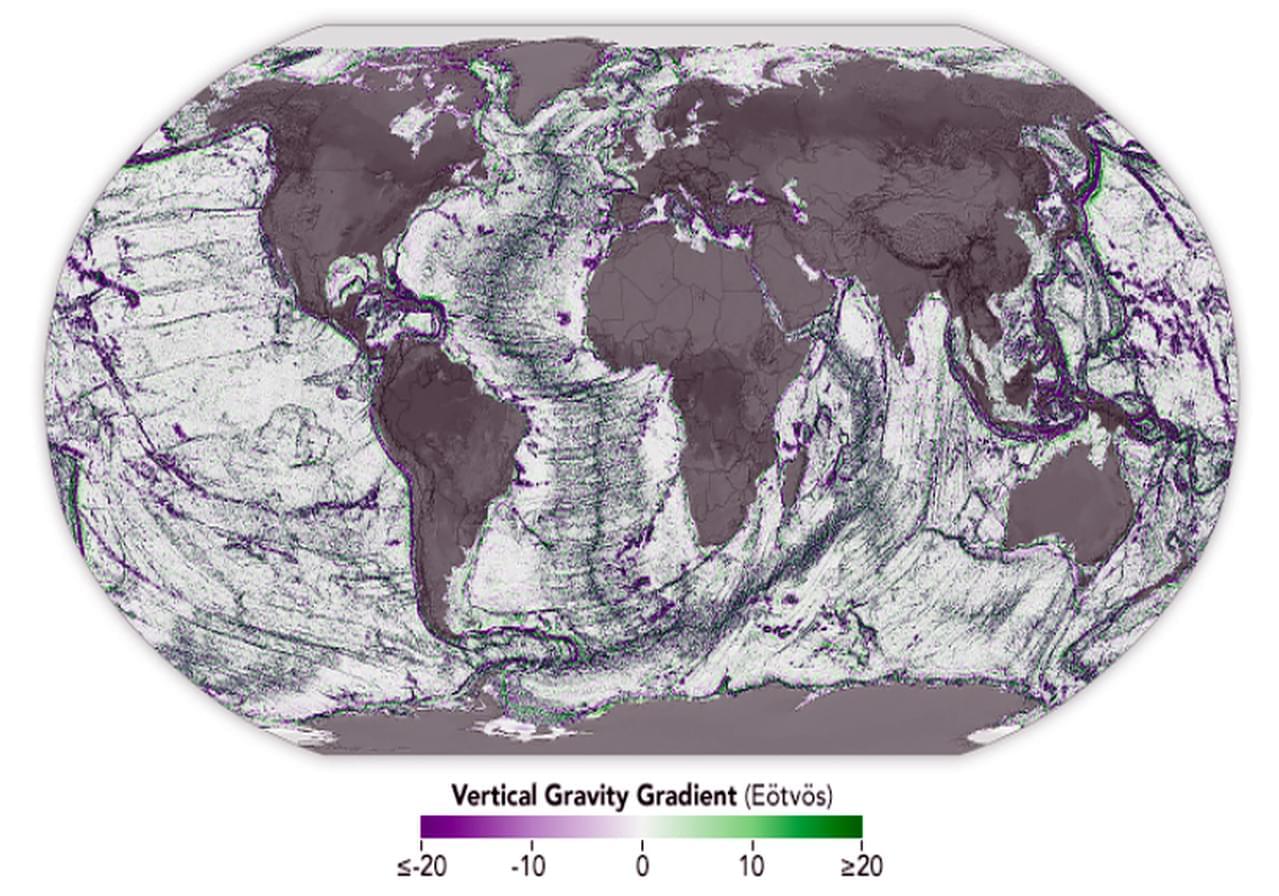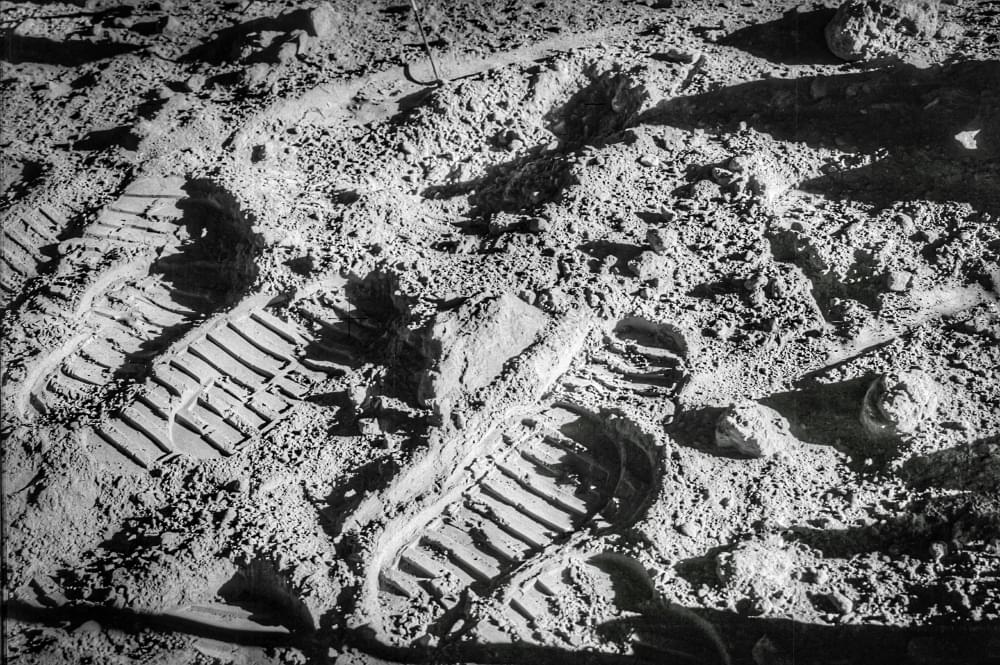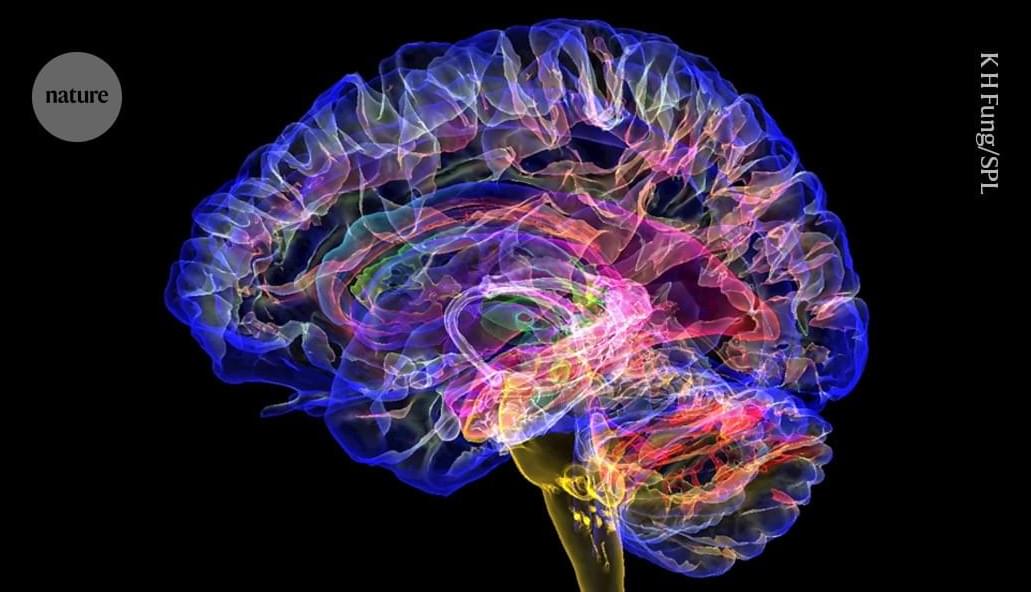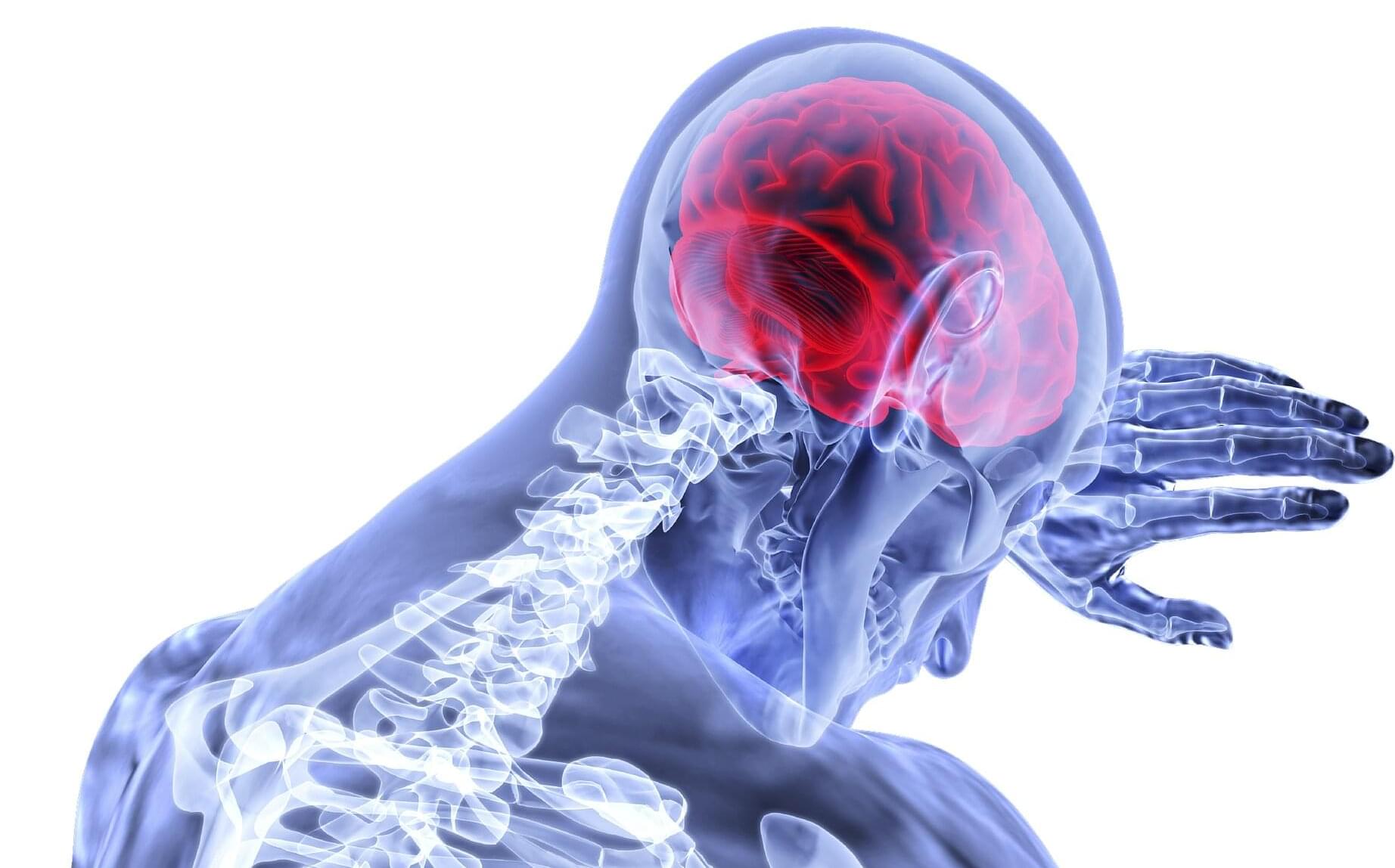Los científicos han desarrollado el mapa más detallado del fondo marino terrestre gracias a los datos de satélite.



A maximum severity remote code execution (RCE) vulnerability has been discovered impacting all versions of Apache Parquet up to and including 1.15.0.
The problem stems from the deserialization of untrusted data that could allow attackers with specially crafted Parquet files to gain control of target systems, exfiltrate or modify data, disrupt services, or introduce dangerous payloads such as ransomware.
The vulnerability is tracked under CVE-2025–30065 and has a CVSS v4 score of 10.0. The flaw was fixed with the release of Apache version 1.15.1.

The Hunters International Ransomware-as-a-Service (RaaS) operation is shutting down and rebranding with plans to switch to date theft and extortion-only attacks.
As threat intelligence firm Group-IB revealed this week, the cybercrime group remained active despite announcing on November 17, 2024, that it was shutting down due to declining profitability and increased government scrutiny.
Since then, Hunters International has launched a new extortion-only operation known as “World Leaks” on January 1, 2025.




Many players question the choice, especially considering the games that come after Shenmue in the poll. We have DOOM, Super Mario Bros., Half-Life, The Legend of Zelda: Ocarina of Time, and Minecraft following the winner, which all seem reasonable until you see who took the 7th place.
Apparently, a couple of months is enough for Kingdom Come: Deliverance 2 to get influence in the industry, at least according to gamers. I mean, it’s a great game, don’t get me wrong, but I don’t think it’s enough to make it influential. As it usually is, it looks like some people took this opportunity to simply vote for their favorite recent games.



Cervical artery dissection is a tear in an artery in the neck that provides blood flow to the brain. Such a tear can result in blood clots that cause stroke. A new study has found almost a five-fold increase in the number of U.S. hospitalizations for cervical artery dissection over a 15-year period.
The study is published online in Neurology.
A dissection of the artery wall is most often caused by trauma due to motor vehicle accidents but can also occur with smaller injuries. Heavy lifting has also been shown to cause dissection in some people.